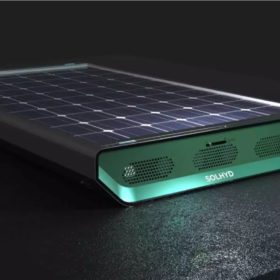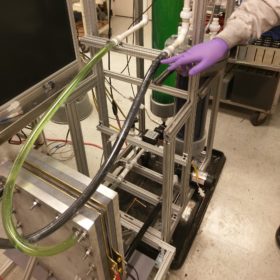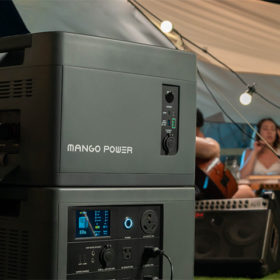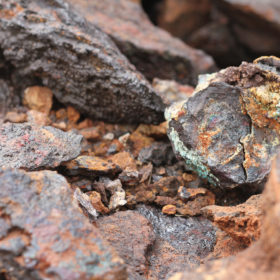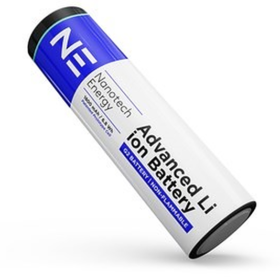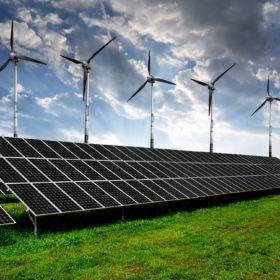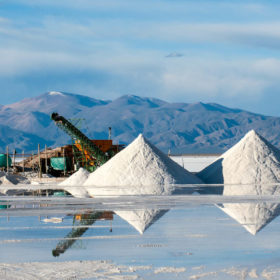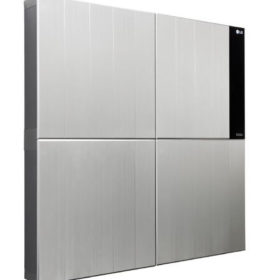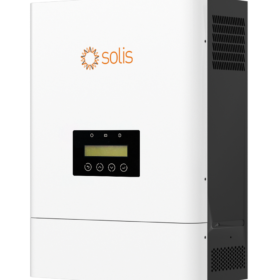Hydrogen-producing rooftop solar panels nearing commercialization
KU Leuven researchers have developed rooftop panels that capture both solar power and water from the air. Like traditional PV modules, hydrogen panels are also connected, but via gas tubes instead of electric cables. The researchers are now preparing to bring the tech to the mass market via a spinoff company.
Novel redox flow battery paves way for low-cost storage
US researchers have facilitated the decoupling of power from energy design by incorporating a conducting carbon slurry in the negative electrolyte of an all-iron flow battery. In a new study, they describe the design considerations for slurry iron redox flow battery scalability.
Mango Power unveils home and portable battery system
US-based Mango Power has developed a 3.5 kWh battery system that can be expanded up to 14 kWh. The product features LFP battery cells from CATL and can be charged through AC wall outlets, with solar panels, or via electric-vehicle chargers.
The long read: Cobalt clings on
Cobalt is key for boosting energy density and battery life, but it comes with caveats: expensive, scarce, and linked to unethical mining practices, wild price fluctuations, and a tenuous supply chain. In recent years, battery manufacturers and automakers have intensified efforts to reduce or eliminate cobalt in lithium-ion cathodes. But sometimes, old habits die hard, as pv magazine’s Marija Maisch explains.
Non-flammable, graphene-based lithium-ion batteries approaching stationary storage market
US-based Nanotech Energy’s graphene battery uses proprietary electrodes with a thermally stable separator, and non-flammable electrolyte that is said to be inexpensive to manufacture. The technology is said to be superior in terms of safety and competitive in terms of cell performance.
Off-grid solar continues to expand
The off-grid solar sector has shown resilience in the face of pandemic-related challenges, with 70 million people gaining access to electricity from early 2020 to the end of 2021. However, the ability to pay for solar energy kits has taken a hit.
Wind, solar payback times under a year in some parts of world, says Rystad
Record energy prices, particularly in Europe, are driving demand for renewables and energy storage. That is changing the equation for utility solar and wind investment and shortening project payback times to under a year in some regions. Storage deployment, driven by recent policy developments around the world, is also expected to get a big boost through to 2030.
Battery metals: How quickly can supply ramp up?
A couple of weeks ago, Goldman Sachs sent shockwaves through battery metals markets, issuing a prediction that cobalt and lithium in particular were due for a sharp price decline in the next two years. But London-based Benchmark Mineral Intelligence is loudly pushing back, outlining its reasons why it believes the call on lithium was wrong. Meanwhile, US analyst Wood Mackenzie says that the battery raw material chain will remain tight, but notes that recycling could help to ease the supply deficit.
LG Energy Solution unveils new battery storage solutions, moves to LFP
South Korean battery manufacturer LG Energy Solution presented its latest innovations at the Smarter E event in Munich last week. It also announced its transition from nickel-manganese-cobalt (NMC) battery chemistry to lithium iron phosphate (LFP) in its future products.
Solis unveils off-grid PV inverter
The S5-EO1P(4-5)K-48 series off-grid PV inverter has an efficiency of 96.7% and supports parallel operation of up to 10 units, which allows for a system capacity of up to 50 kW. According to the manufacturer, the device is compatible with all top-tier brands of lithium-ion and lead-acid batteries.

